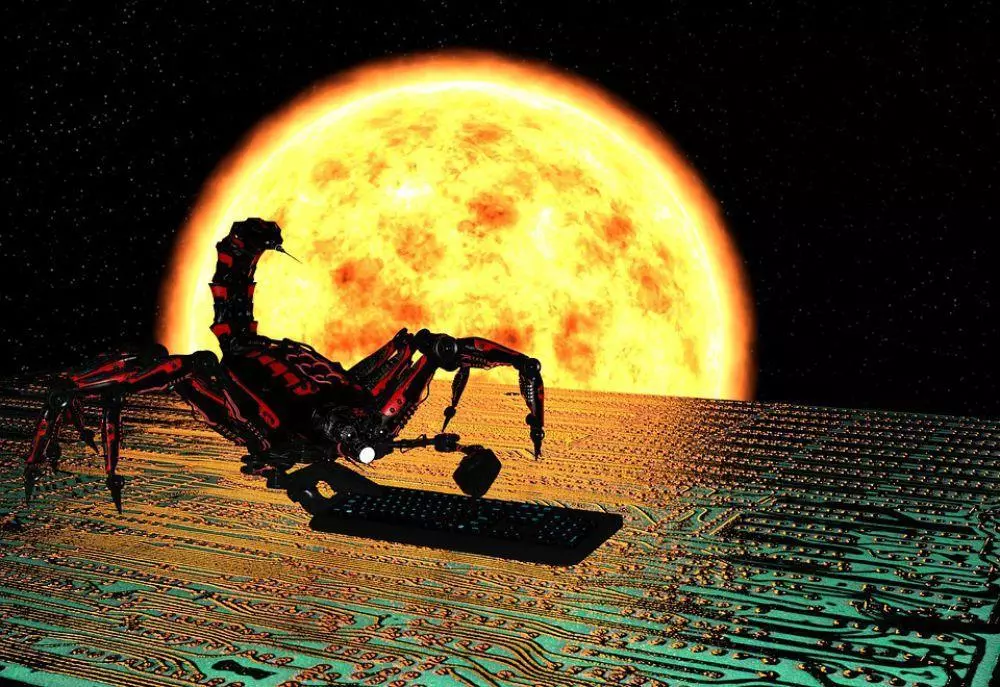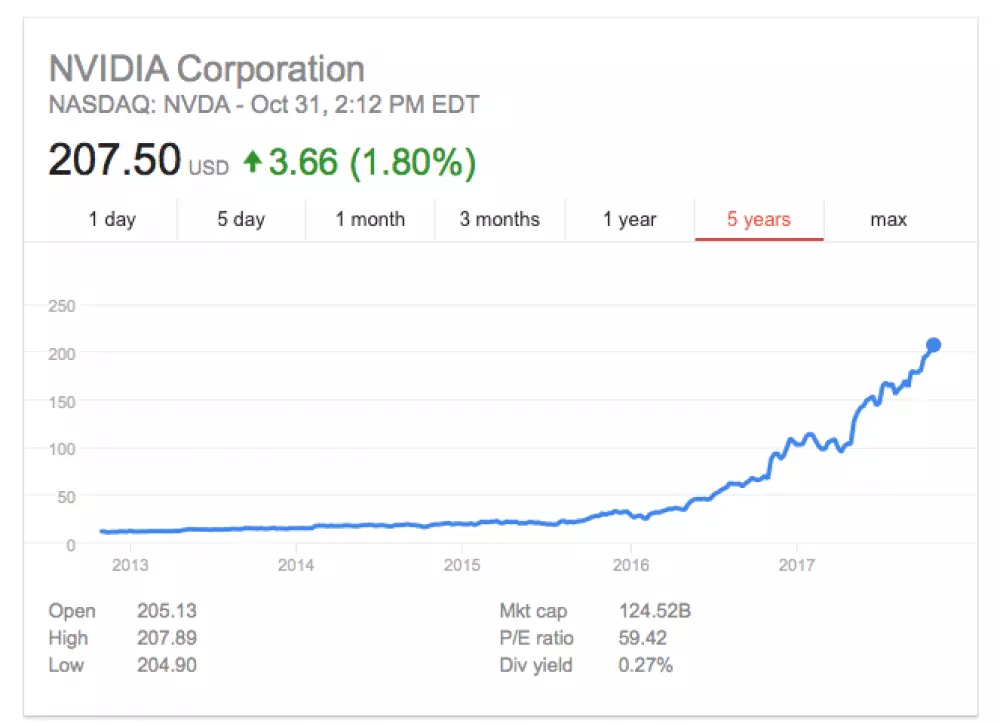Artificial Intelligence (AI) has moved beyond merely capturing our imaginations - it is now replacing jobs, it is augmenting our skill sets, it is driving new discoveries on a daily basis - AI is already here, but why? How did this happen? A nexus of forces have fortuitously converged to deliver enormous growth in AI’s ability to deliver valuable real-world application in the financial services sector (and elsewhere). Before delving deeper into these forces - it’s beneficial to first look at what AI is, what forms it comes in and what areas are particularly interesting to the world of Finance.
What is Artificial Intelligence?

Artificial Intelligence is a machine based intelligence that can remember, think, decide and act without human intervention. AI can be broken up into 3 forms, namely:
1. Artificial Narrow Intelligence - Machine intelligence that is developed to focus on a single task. Examples of this can be seen in search engines, Siri and Robo-Advisors.
2. Artificial General Intelligence - Machine intelligence that is able to cover a broad range of functions, similar to that of human intelligence. Examples of this form have yet to come into existence with experts predicting this level of AI to be reached within a range of 30 to 60 years.
3. Super AI - Sentient machine intelligence that exponentially surpasses human intelligence. Examples of this are yet to be seen (experts predict this form of AI to come into being within 2 days of Broad AI being achieved).
Subsets of AI

The Narrow (or Weak) AI that we’re working with today is not to be scoffed at, despite it’s unflattering title. The leverage it can offer the world of Finance is groundbreaking and it is already providing huge ROI for those businesses that are harnessing it effectively (more on this in the next article).
Within AI there are subsets of AI that require our attention for the purposes of this article (and to gain a deeper learning on the subject).
a.) Machine Learning (ML) - ML is a subset of AI and refers to a machine’s ability, through the use of algorithms, to independently make sense of random data, in a similar way to humans. As far as human involvement is concerned it can do this in a supervised, unsupervised and/or reinforced way. Depending on the level of human supervision, the machine will aim to sort the data into categories and ultimately that are useful for predicting future events/actions. The machine’s ability to learn about and sort this data into valuable insights far exceeds our human capabilities and opens up numerous opportunities within the financial services space (a space filled with enormous amounts of valuable data).
b.) Deep Learning (DL) - DL is a subset of ML and refers to ML algorithms that uncover hidden layers in the data and organise this using a Deep Neural Network (DNN) - much in the same way that our human brain functions. Deep Learning falls into the sweet spot between Data Science, Big Data and AI and is an exciting area of AI that is garnering a lot of attention, for all of the right reasons.
5 Reasons Why AI is Now Relevant?

1. ML Breakthrough (2012) - A Cambrian explosion like moment for Deep Learning occurred in 2012, at the ImageNet Large Scale Computer Vision Competition. A Toronto University based team consisting of Geoff Hinton (considered the Godfather of Deep Learning), Alex Krizhevsky and Ilya Sutskever presented a large, deep convolutional neural network that was used to win the 2012 ILSVRC. They blew the competition out of the water and interest in AI as a field of study skyrocketed from this moment onwards.
2. Big Data - There would be no AI without big data. The development of AI systems relies heavily on the availability and accessibility to enormous amounts of data. Researchers have been held back for decades, by limited data sets. Accessing large amounts of data is how the machine learns. Experts predict that within the next decade there will be 150 billion networked sensors (more than 20 times the number of people on Earth). The speed at which machines learn to interact and understand in the way that we as humans do is increasing at a similar rate.
3. CPU to GPU - In short, it’s about speed! Most ML algorithms are distributed. These algorithms need to process multiple parallel streams of data, simultaneously. GPUs have far more processor cores than CPUs, thus, parallel computing solutions are best suited to GPUs. Andrew Ng is credited as being the catalyst for this large-scale move from GPUs to CPUs in AI development. Nvidia, the leading manufacturer of GPUs, originally focusing on gaming, really should thank him. By having a quick look at Nvidia’s share price since 2012, it quickly becomes clear that the demand for their GPU tech has spiked in parallel to the spike in demand for AI solutions.

4. Cloud Computing - Similarly to its requirement for big data, AI is hungry for processing power. Since its early inception in the 50’s, AI research has been held back by the lack of access to the vast amounts of computing power it often requires. Enter the age of cloud computing where, thanks to the likes of AWS, IBM and Google; there is processing power a plenty.
5. Open Source Software - Imagine keeping AI research closed, siloed, hidden away from valuable eyes and minds. Progress would all but stop! The open source movement has allowed for incredible breakthroughs to happen within the field of AI. Research and technologies are shared as if driven by the machines themselves, aching to speed up the realisation of a sentient AI.
6. MOOCs - Akin with the open source movement is the Massive Open Online Course (MOOC) MOOCs provide the infrastructure for easy, free access to almost any form of education imaginable, through some of the best educational institutions around. Want to study AI through an institution like Stanford or Berkeley? There’s a MOOC for that!







Leave your comments
Post comment as a guest